Acetylcholine
Acetylcholine is an important neurotransmitter that is involved in a variety of human physiological processes such as muscle contractions, learning and memory, and motor control. Acetylcholine is produced in the central and peripheral nervous systems and serves as the main neurotransmitter in the parasympathetic nervous system, which controls the body's involuntary functions such as digestion and respiration. It is also involved in alertness, wakefulness, and arousal. In terms of structure, acetylcholine is composed of two parts, a nitrogen-containing base and an acetic acid head. The base is an acetyl group, which is composed of a pair of carbon atoms and two oxygen atoms, and the head is a quaternary amino group, composed of a nitrogen atom and three hydrogen atoms. The two parts are joined together by an ester linkage. Acetylcholine is synthesized in neurons from the precursor molecules, acetyl coenzyme A (acetyl-CoA) and choline, through the enzyme choline acetyltransferase (ChAT). Acetylcholine is released into the synaptic cleft from vesicles by exocytosis and reacts with receptor proteins which are located on the post-synaptic neuron. The activity of these receptors can be either excited or inhibited, depending on the concentration of acetylcholine in the synaptic cleft which could be regulated by the amount of choline acetyltransferase (ChAT) in neurons.
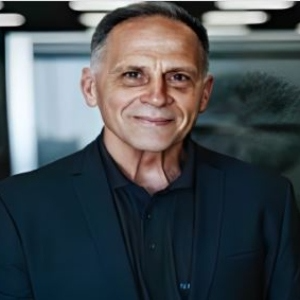
Ken Ware
NeuroPhysics Therapy Institute, Australia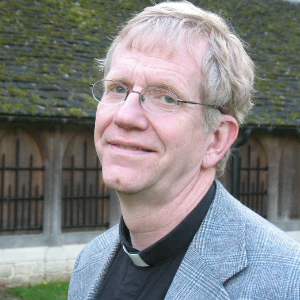
Robert B Slocum
University of Kentucky HealthCare, United States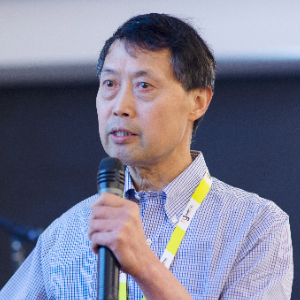
Yong Xiao Wang
Albany Medical College, United States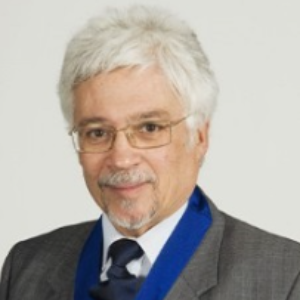
W S El Masri
Keele University, United Kingdom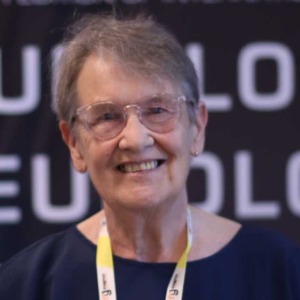
Jaqueline Tuppen
COGS Club, United Kingdom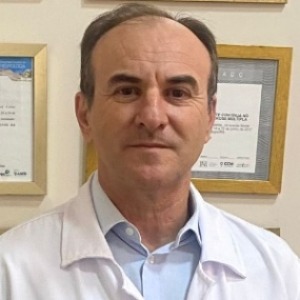
Milton Cesar Rodrigues Medeiros
Hospital Santa Casa de Arapongas, Brazil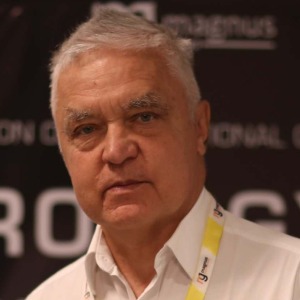




Title : Perception and individuality in patient cases identifying the ongoing evolution of Myalgic Encephalomyelitis/Chronic Fatigue Syndrome (ME/CFS)
Ken Ware, NeuroPhysics Therapy Institute, Australia
Title : Narrative medicine: A communication therapy for the communication disorder of Functional Seizures (FS) [also known as Psychogenic Non-Epileptic Seizures (PNES)]
Robert B Slocum, University of Kentucky HealthCare, United States
Title : Rabies: Challenges in taming the beast
Alan C Jackson, University of Calgary, Canada
Title : Neuro sensorium
Luiz Moutinho, University of Suffolk, United Kingdom
Title : Traumatic Spinal Cord Injuries (tSCI) - Are the radiologically based “advances” in the management of the injured spine evidence-based?
W S El Masri, Keele University, United Kingdom
Title : Personalized and Precision Medicine (PPM), as a unique healthcare model through biodesign-driven biotech and biopharma, translational applications, and neurology-related biomarketing to secure human healthcare and biosafety
Sergey Victorovich Suchkov, N.D. Zelinskii Institute for Organic Chemistry of the Russian Academy of Sciences, Russian Federation